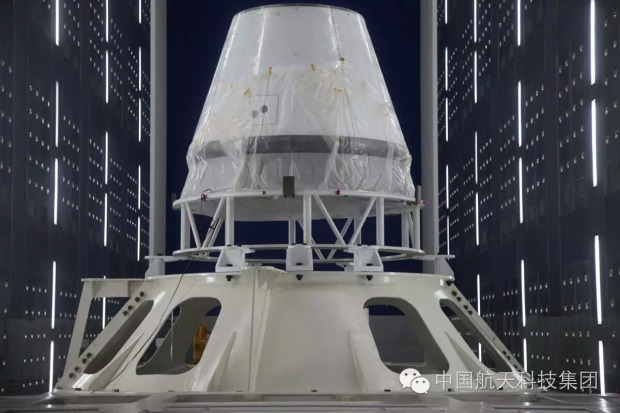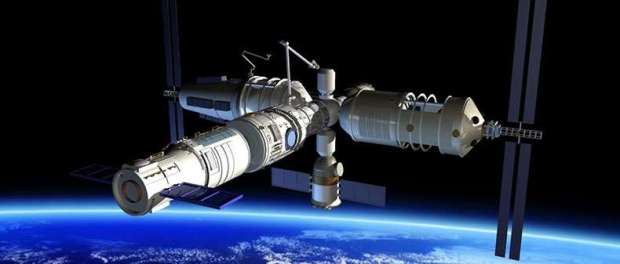.
Details begin to emerge on the future missions for China’s human spaceflight programme, including the launch of the space station core module Tianhe 1, the debut flight of the heavy-lift Long March 5B rocket in 2019, and the ongoing development of the next-generation multi-purpose crew vehicle.
As delegates across the country gathered in Beijing for the annual meetings of the National People’s Congress and the National People’s Political Consultative Conference, a number of special officials were interviewed by the state-run Xinhua News Agency, allowing the outside world to gain a glimpse of the country’s future human spaceflight plan.
With the completion of the Shenzhou 11 mission late last year and the upcoming experimental cargo resupply mission Tianzhou 1 in April, China’s human spaceflight programme (Project 921) is nearing the end of its second phase, which aimed to perfect advanced spaceflight techniques including extravehicular activity (EVA), orbital rendezvous docking, and to experiment short- to medium-term orbital living aboard the Tiangong 1/2 space laboratory modules.
It is understood that in the next phase of the programme, a permanently-manned space station will be constructed on Low Earth Orbit (LEO) by 2022, and as a precursor mission, a 20-tonne experimental core module of the space station, named Tianhe 1, will be launched around 2018-19.

A close-up look of the full-size mockup of Tianhe core module, with its robotic arm deployed
Zhang Bainan, chief designer of China Academy of Space Technology (CAST), told the journalist that the core module of China’s future space station will be launched in 2018. Once in orbit, the core module will first be visited by a cargo resupply ship Tianzhou 2, and then followed by a crewed mission Shenzhou 12.
However, in a separate interview, Lieutenant General Zhang Yulin, deputy chief of the Central Military Commission (CMC)’s Equipment Development Department that oversees the China Manned Space Programme, disclosed that the Long March 5B launch vehicle will make its debut flight in 2019.
Lieutenant General Zhang Yulin’s statement is somehow contradictory to Zhang Bainan’s timeline for the Tianhe 1 launch in 2018, given that the module cannot be launched until the Long March 5B is operational. Specifically designed for lofting heavy space station modules into orbit, the Long March 5B is based on the Long March 5 launcher that first flew in November last year, but with a single-stage core vehicle giving a payload capacity of 25 tonnes to LEO.
Zhang Bainan also confirmed that China’s next-generation multi-purpose crew vehicle is currently under development. He disclosed that the vehicle is capable of both LEO missions and future manned lunar landing missions. He compared the future Chinese vehicle with the NASA Orion spacecraft, with similar crew capacity and capability.
Zhang said that data collected from the test re-entry capsule of the future crew vehicle, which was flown and recovered during the debut flight mission of the Long March 7 in June last year, have proved the vehicle’s design in aerodynamics, heat protection, and reusability.

Subscale re-entry capsule of the next-generation multi-purpose crew vehicle (Credit: CASC)
It appears that China’s human spaceflight programme is still broadly on track for its timeline to build the Earth-orbiting multi-module space station in 2022. However, the launch of the Tianhe 1 core module has slipped from 2018 to 2019 due to delays in the development of the Long March 5B rocket.
Quelle: CSR

